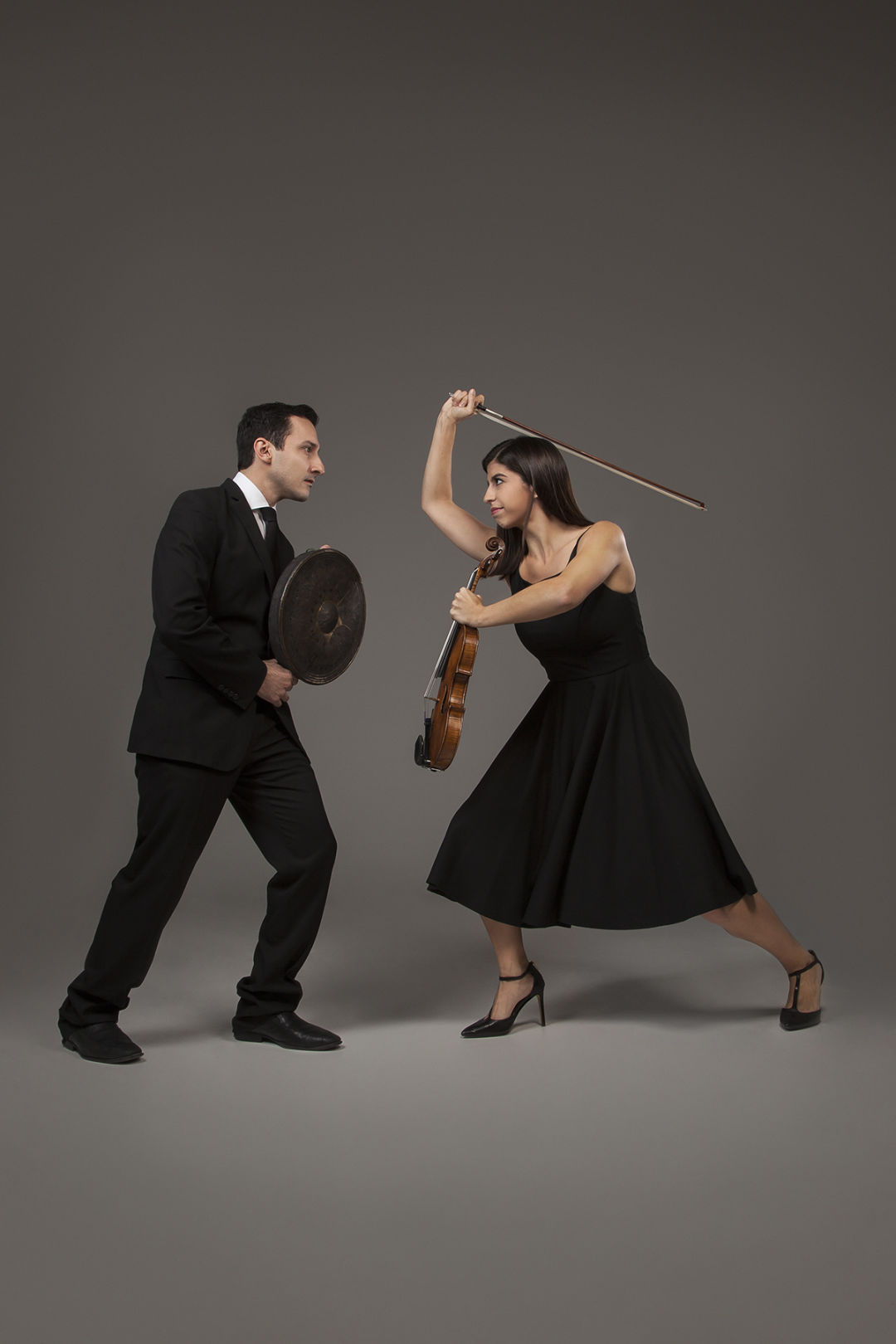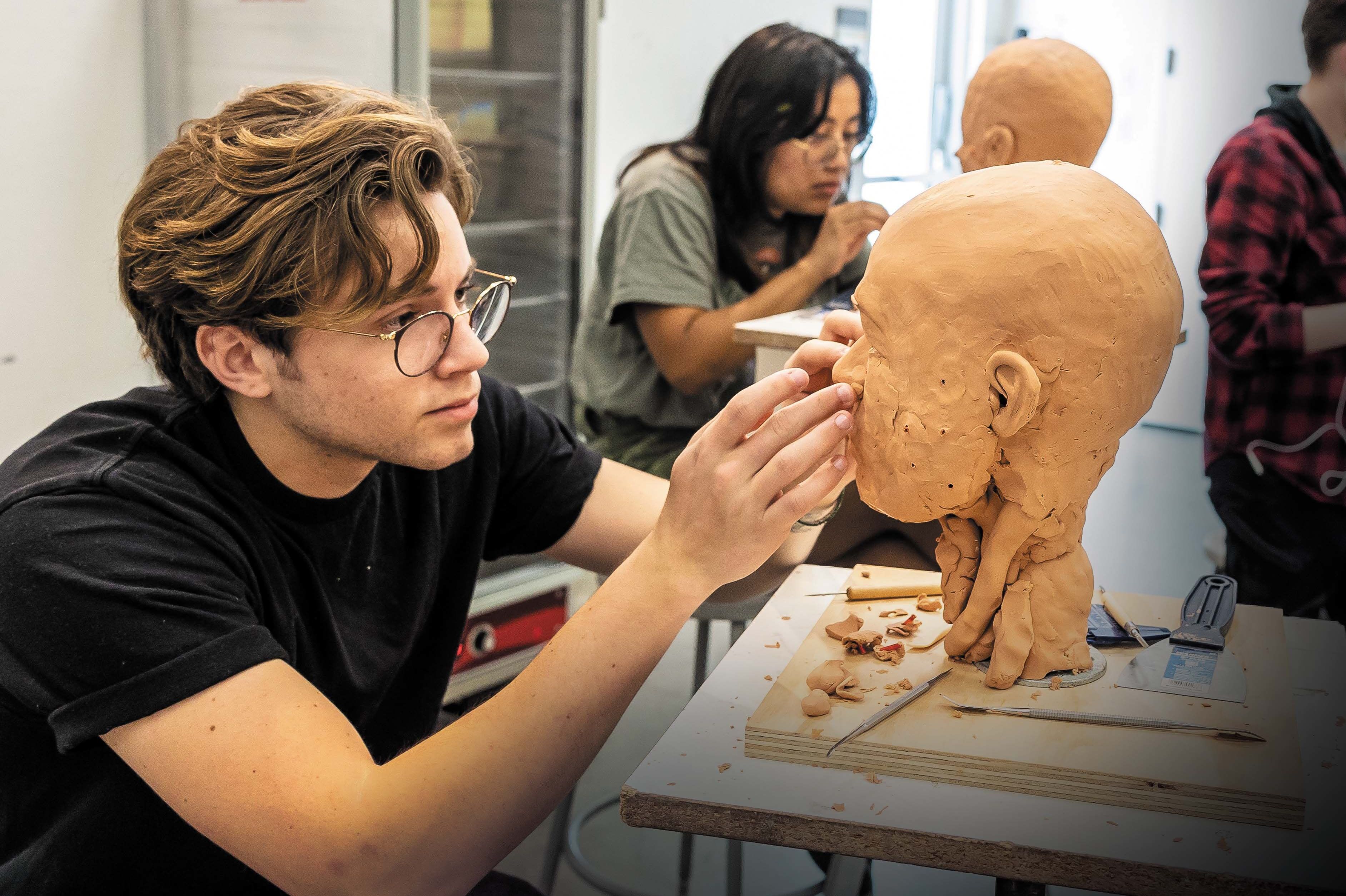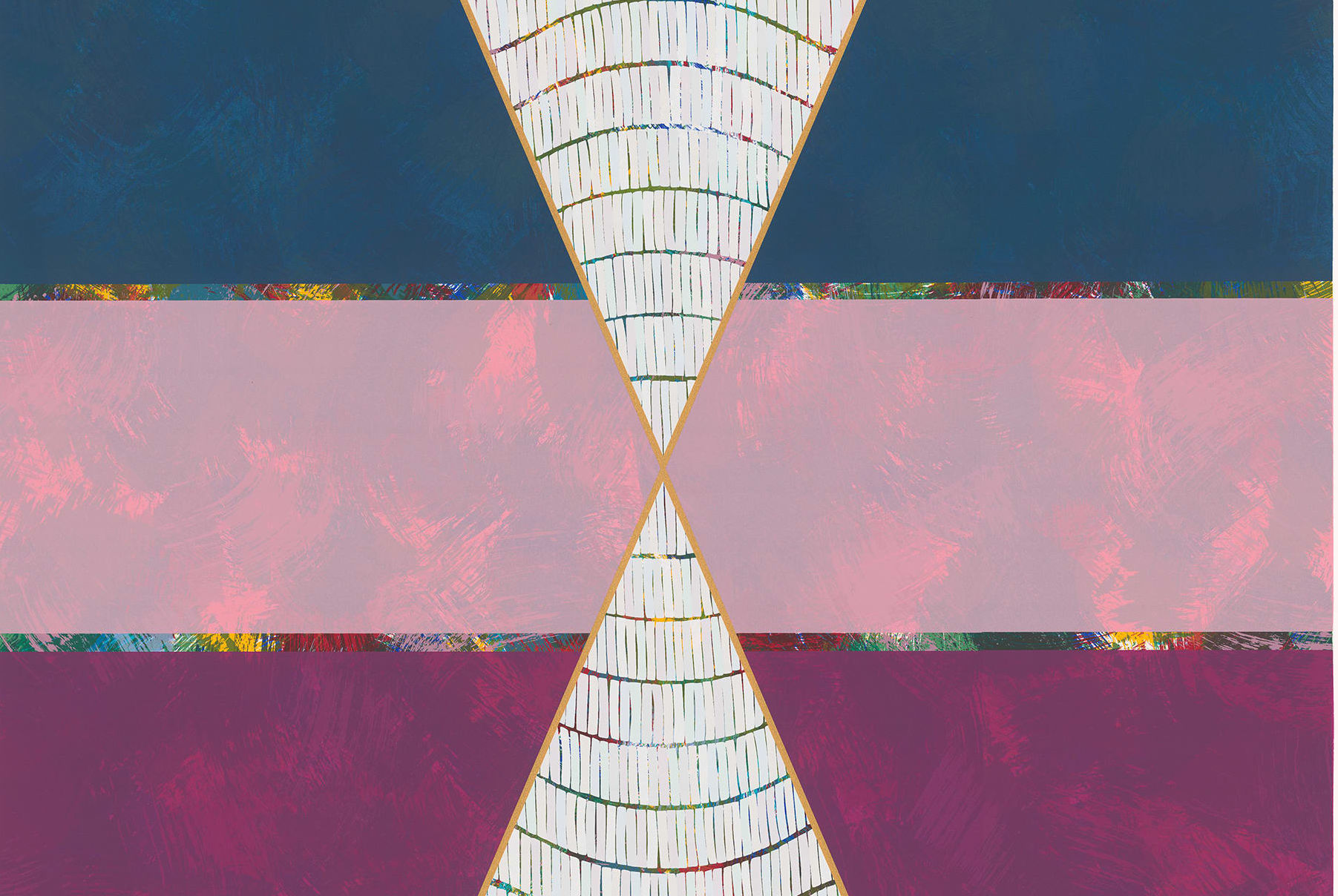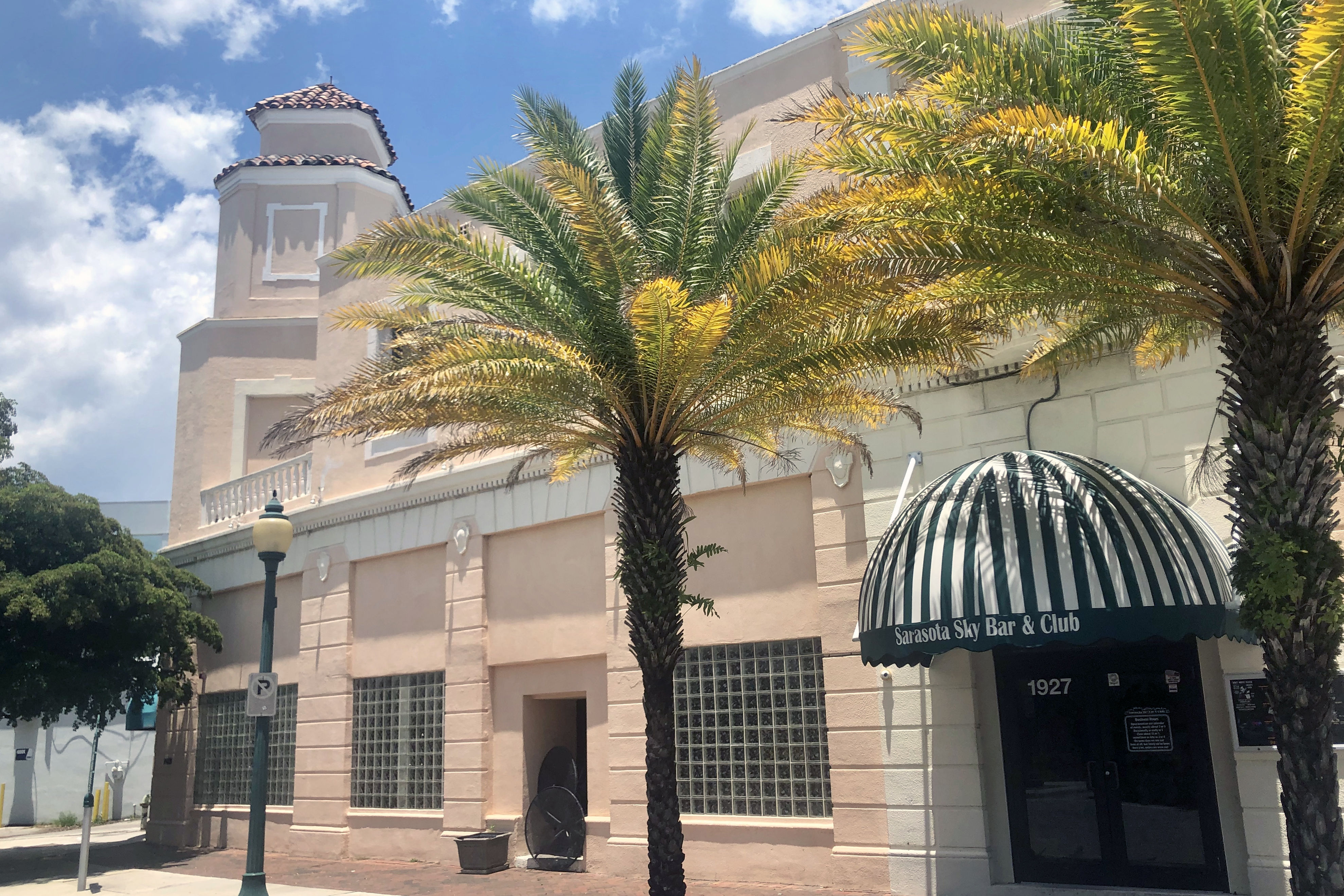RIAF 2017 Continues with African Music, Iranian Theater and More

The members of a cappella ensemble Nobuntu.
The second day at the 2017 RIAF was a full one, and it kicked off for me with a performance by the all-women a cappella ensemble from Zimbabwe, Nobuntu, at the Historic Asolo Theater. I can easily imagine this group would be the popular hit of the festival.
That has a lot to do with the personalities of the five women onstage: Duduzile Sibanda, Zanele Manhenga, Heather Dube, Thandeka Moyo and Joyline Sibanda. Although the songs they perform are not always about happy things (one, “Woza Ngane,” relates to domestic violence; another, “Moya Moya,” depicts a woman sad over her inability to have children), the overall impression Nobuntu leaves you with is an uplifting one.
The singer-dancers enter wearing colorful costumes reflective of their African heritage and begin singing softly, without any introduction. But as the concert continues, they do speak to the audience, explaining a little about their purpose and gradually getting those in the seats involved, whether singing along or learning to make the clicking sounds of the Ndebele language on the “Nobuntu Click Song.” The singers use only the occasional drum, finger snaps, movements or claps (and in one case the Zimbabwe instrument Mbira) to accompany their voices, which harmonize beautifully on traditional African songs, compositions of their own, and even on a version of Curtis Mayfield’s “People Get Ready.” By the time they close their show with “Impi”—a warrior song thanking the Almighty for fighting for them—the crowd is solidly behind them. (An encore was even more warmly received.)
Another musical performance on the same afternoon has its origins closer to home. EnsemblenewSRQ was founded by George Nickson and Samantha Bennett, both musicians with the Sarasota Orchestra in their “day jobs.” In their performances during RIAF, they play in two different spaces, the James Turrell Skyspace Joseph’s Coat and the Huntington Gallery, presenting two different programs.

George Nickson and Samantha Bennett of ensemblenewSRQ.
Image: Matthew Holler
The concert I attended, in the Skyspace, in fact encouraged listeners to focus on “The Space Around You”—while taking in the music to gaze skyward to the passing clouds or sideways at the lush greenery that now climbs the walls and pillars of the space. There were two pieces on the opening program: a short work by Salvatore Sciarrino that featured Bennett on violin, Steven Larai on viola and Natalie Helm on cello and felt both tense and contained; and a second, longer work by John Luther Adams called “Four Thousand Holes” (referring to a lyric from the Beatles’ song “A Day in the Life.”)
The Adams work was performed by pianist Conor Hanick and percussionist Nickson on vibraphone and bells, along with the use of electronic sounds already produced by Adams. And it was at times quite intense sonically, with chords that seemed designed to go on forever even as the more tinkling sounds of the bells represented (for me) such natural phenomena as rain falling, icicles dripping and breaking, plants growing and flowering, streams flowing over rocks, etc. (You might hear it entirely differently, but certainly nature is the emphasis here.)
The piece could at times be hard to listen to, especially given the slightly steamy temperatures within the Skyspace. But Hanick and Nickson demonstrated both skill and stamina in their performances.
Last performance of this day, White Rabbit Red Rabbit (performed in the Circus Museum Backyard, or Side Show Cabaret), was an intriguing one. The script is by Iranian playwright Nassim Soleimanpour, who at the time of writing it was confined to his native country, unable to get a passport, and thus communicating to the wider world via his play. But the lone actor who takes the stage to render Rabbit doesn’t know the script until he or she (in this case, actress Summer Dawn Wallace) arrives onstage and opens the big brown envelope containing it.
Then that performer, with the aid of very minimal props, the instructions provided by the playwright, and the occasional assistance of audience members, carries out the show discovering its intentions at the same time as we do. It’s at times amusing, at times more serious, as Soleimanpour addresses, in a fablelike way using bears, crows, ostriches and yes, rabbits, some issues of concern in the world today.
That may sound vague, but this is a case where specific instructions are given to the press to avoid saying too much. And that’s fine; it’s probably best here to let watchers discover their own interpretations, just as is true for the performer. Wallace is engaging and conversational in her approach; other actors may tackle the task differently, both during the RIAF performances and during the upcoming run of White Rabbit Red Rabbit at Urbanite Theatre. Each show truly will be different from the others.
RIAF events continue today and tomorrow; for more, visit ringling.org.



